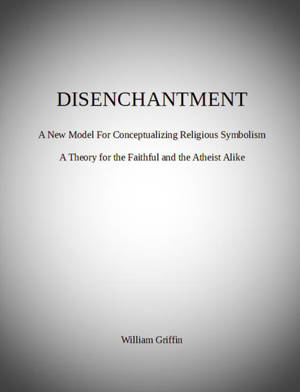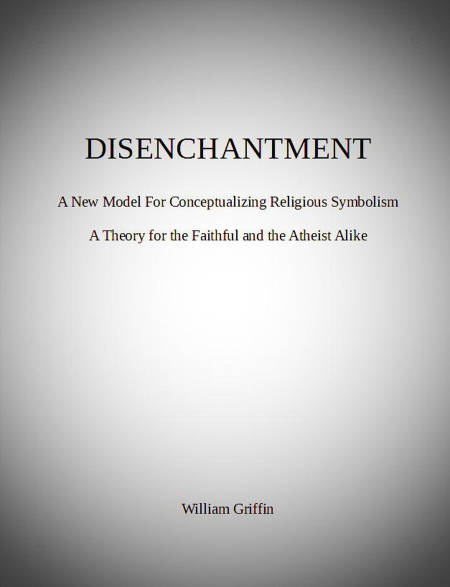
- Retrait gratuit dans votre magasin Club
- 7.000.000 titres dans notre catalogue
- Payer en toute sécurité
- Toujours un magasin près de chez vous
- Retrait gratuit dans votre magasin Club
- 7.000.0000 titres dans notre catalogue
- Payer en toute sécurité
- Toujours un magasin près de chez vous
Disenchantment: A New Model for Conceptualizing Religious Symbolism EBOOK
William GriffinDescription
Disenchantment is a theory of religious symbolism that bridges the gap between the faithful and the atheist. The approach accomplishes this by taking religious symbolism seriously, tieing reoccurring archetypes found in the symbol systems of various cultures to a historical event, thus avoiding the logical problems that inevitably arise when metaphors are taken literally. The theory grounds major religious archetypes connecting them to a profoundly significant event, the paradigm shift from a unified society of equals to the polar state divided into privileged elites and a disenfranchised labor class. This moment marks a significant reordering of humanity's social organization and the beginning of the domestic out-group. The theory holds the prolific splitting imagery, the themes of division, and separation motifs all point to the division of a unified, tribal society, represented by sacred androgyne symbolism. This division resulted in the formation of the polar, feudal state, a state comprised of the rulers and the rules, meaning the elites and labor, represented by the masculine form and the feminine figure, respectively. The theory holds Creations narratives do not refer to the creation of the actual world or humans but the beginning of the feudal world, or feudal culture, and feudal humanity. The theory holds the obligatory transfer of wealth from labor to the elites, a defining feature of the polar state, is the root and beginning of the idea of sacrifice. Let those with ears hear.
Spécifications
Parties prenantes
- Auteur(s) :
- Editeur:
Contenu
- Langue:
- Anglais
Caractéristiques
- EAN:
- 9798201472948
- Date de parution :
- 06-07-22
- Format:
- Ebook
- Protection digitale:
- Adobe DRM
- Format numérique:
- ePub

Les avis
Nous publions uniquement les avis qui respectent les conditions requises. Consultez nos conditions pour les avis.






